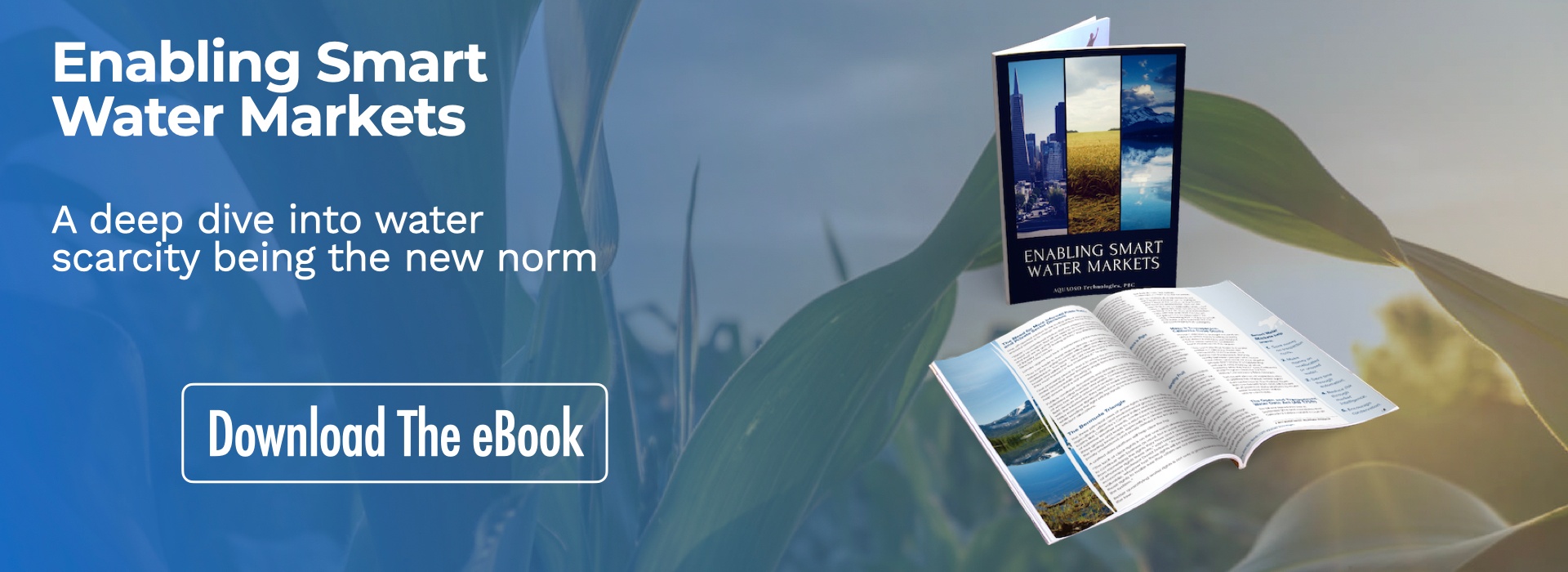Have you been considering implementing a groundwater credit market?
Take a look at these 5 steps to start your journey:
1. Consider the help of a consultant
Your trusted engineering advisors can help you develop hydraulic models and storage solutions. Developing a functional water market requires a different set of skills and experience. Make sure you have the right teams to help you build the rules and stakeholder engagement necessary for a functioning water market.
2. Set a baseline
Groundwater pumping without pre-determined outcomes is a thing of the past. Who gets what allocations early on will be on the trickiest decisions you make. Without quantifying inputs and outputs ahead of time, it will be impossible to manage your market. So setting the right baselines will be critical to developing a comprehensive market strategy.
3. Define the rules of engagement
How is your water market going to function? Who needs approval authority to finalize any transactions? Carefully review how your users will engage in the market and make it clear what the rules are going to be.
4. Determine your variables
Ultimately managing your groundwater market will have a direct impact on your surface water allocations and delivery. Identify if and how you will manage a fallowing program when surface supplies are low in the next drought. Think about how you will incorporate groundwater banking programs into your GSP and into the broader market.
5. You can’t manage what you don’t measure
Successful markets incorporate technology to facilitate data management, transaction tools and administrative tools. You will need a data management strategy for your market that can be leveraged for required reporting to other agencies and within your own GSA.
At AQUAOSO, we believe a well thought out and implemented groundwater market will make it easier to manage your groundwater sustainability goals. Identifying how you will design and manage the rules of engagement in the groundwater market will be critical to its success for your members. By thinking about these five steps, you can drastically reduce risk and mitigate potential legal battles.
Contact us today to learn more or take a look at our eBook:

